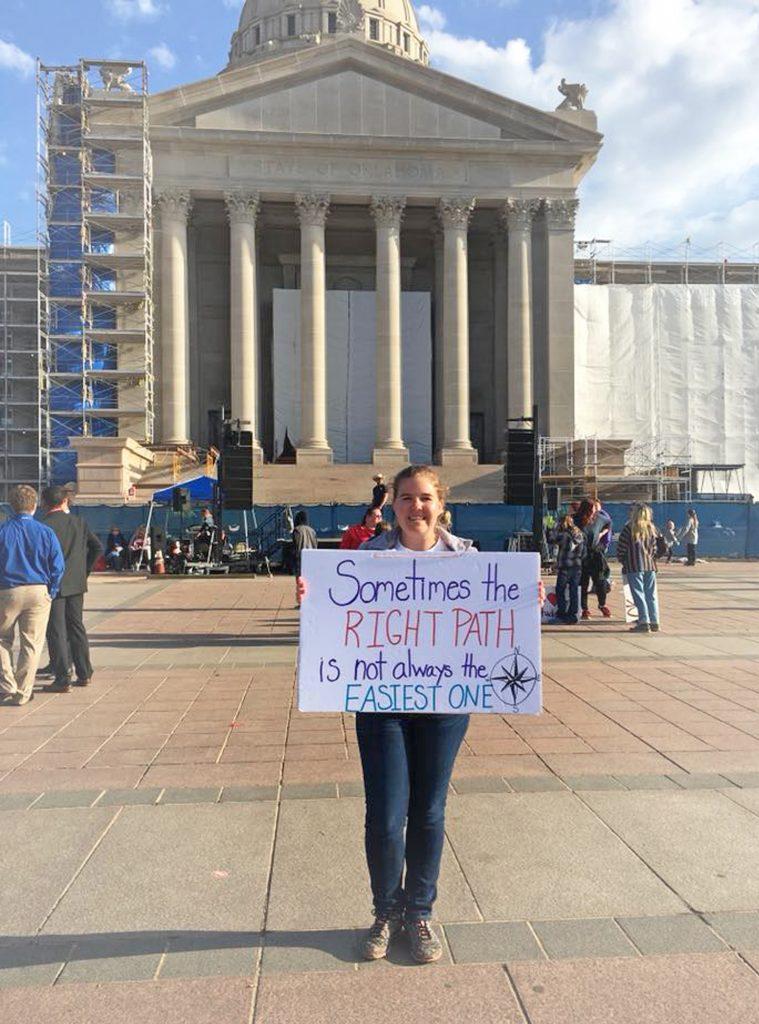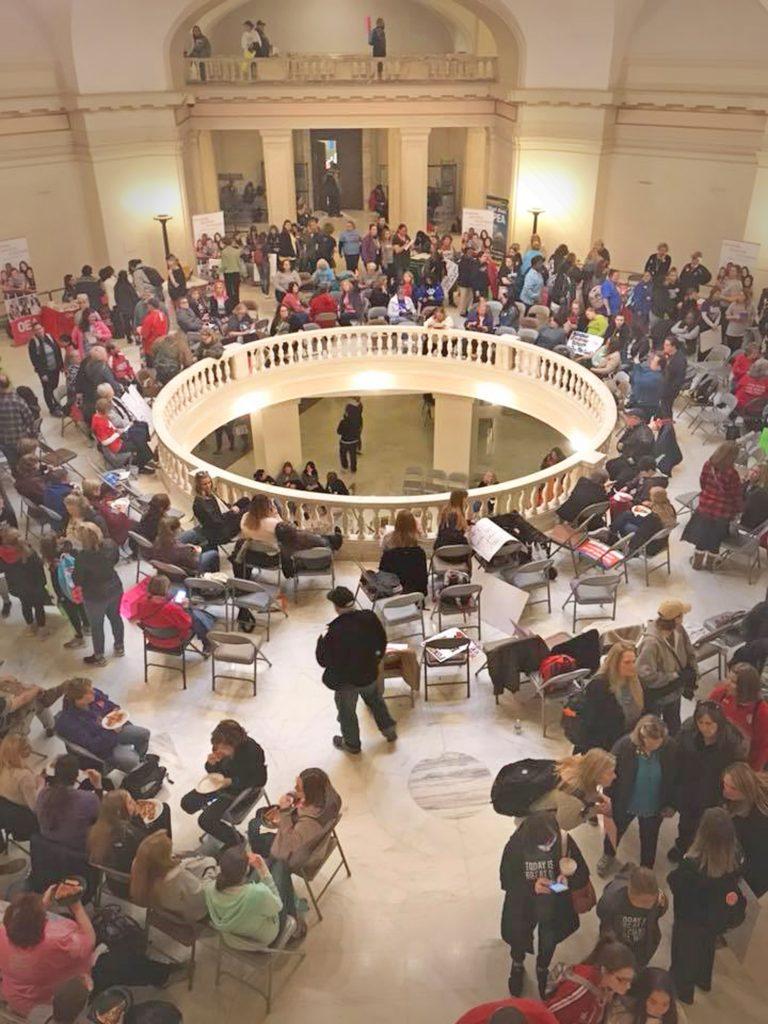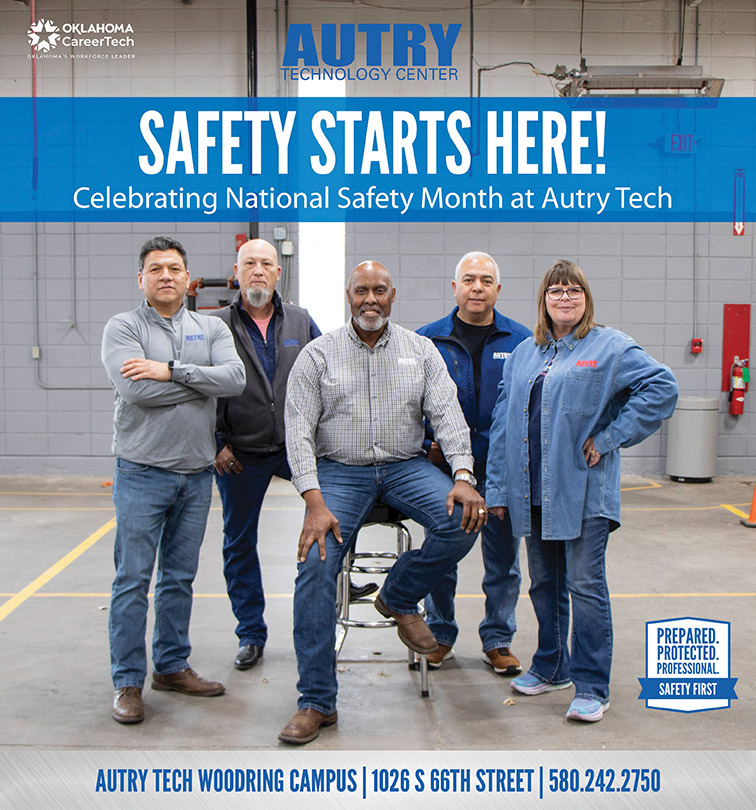“YOU’RE READING THIS BECAUSE OF A TEACHER”
August has finally made its way to our flamingo-decorated summer doorsteps. In Oklahoma, the sun’s summer rays are still strong, pools are still filled with the laughter and splashing of children, and frozen tropical cocktails are still the five o’clock beverage of choice for adults looking to unwind after a full day. Over-indulging on the final days of freedom we have left before starting the new school year, the last couple weeks of our summer break usually resembles a mad-dash to conquer all of the remaining items on our “Sand-bucket List.” You know—the list of fun ideas, creative projects, and to-do’s you’ve been meaning to do all summer long! The first day of this month hits a snooze button on the existential clock of summer, and we instantly feel the pressure to wake up and get those summer tasks accomplished.
A Sand-bucket List, for some, may simply consist of hanging out with friends from sun-up to sun-down, living out all of the typical youthful rites of passage, or maybe you want to treat yourself to more snow-cones, so you decide to try at least a dozen new flavors before the stands close for the season. Those books you bought in the spring for your summer reading list? Now’s the time to start knockin’ those pages out! Whatever your Sand-bucket List entails, there is still—always—instinctual back-to-school anticipation hitting the ol’ gut; the very moment August 1st roams around and takes residence on our desk calendars.
Our mind has only begun to think about the back-to-school shopping that needs to be done, the lunch pails that will need to be filled every morning, and the late-night homework assignments that’ll soon be a daily occurrence. The school year is almost here, with the reality of this officially hitting your radar. Enjoying plans, but reeling from the impending conclusion of those sunny summer days—the teachers, administrators, and support staff members of Enid Public Schools have already returned to the halls, prepping for the upcoming year.
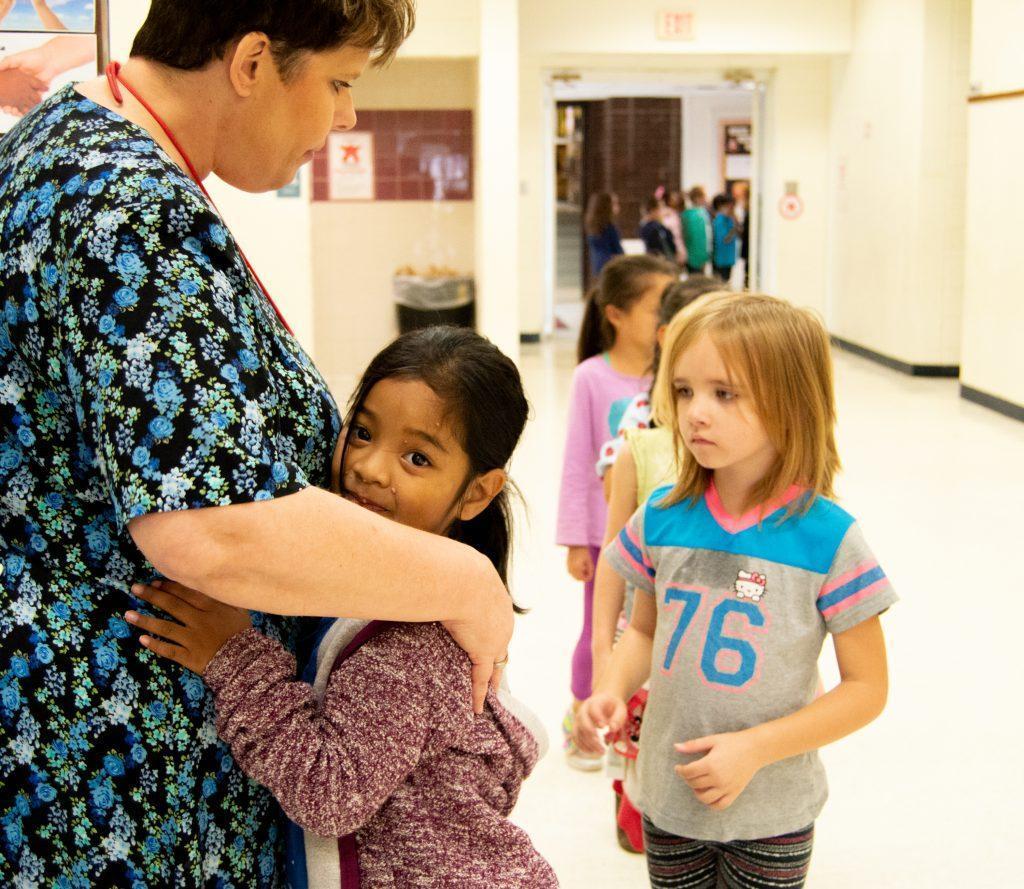
Being a teacher means providing your students with lessons, guiding them to think, learn, and grow. Regardless of the grade level being taught, it also means being a shoulder to cry on, an ear to listen, mediation of arguments, occasional child wellness, and a multitude of other hats needed daily while school is in session. Since 2018 in Oklahoma, being a teacher means not only being an advocate for students but also being an activist for them, as well.
An Apple a Day Keeps the Doctor Away…BUT, A Basket of Apples Will Thank Your Teacher?!
Teachers are the curators of curiosity, the royalty of arithmetic, the crafters of classrooms, the role models of yesteryear, the remembered moments of tomorrow, and the molders of the minds of the future. Schools, teachers, and education have seemingly always been associated with the apple. Although the word “apple” has developed a dual meaning in retrospect to education (due to the rise of importance on technology in academia)— still, the apple and education have a much more storied past than what Steve Jobs founded in his 1976 California garage.
Denmark and Sweden in the 1700s saw a wave of the children of farmers giving baskets of apples to their school teachers as a form of payment. Apples were cheap and easy to produce by the farmers, and it was a very versatile cooking ingredient. According to “Frontier House, Frontier Life,” this also became a common practice in America, because “families whose children attended schools were often responsible for housing and feeding frontier teachers.”
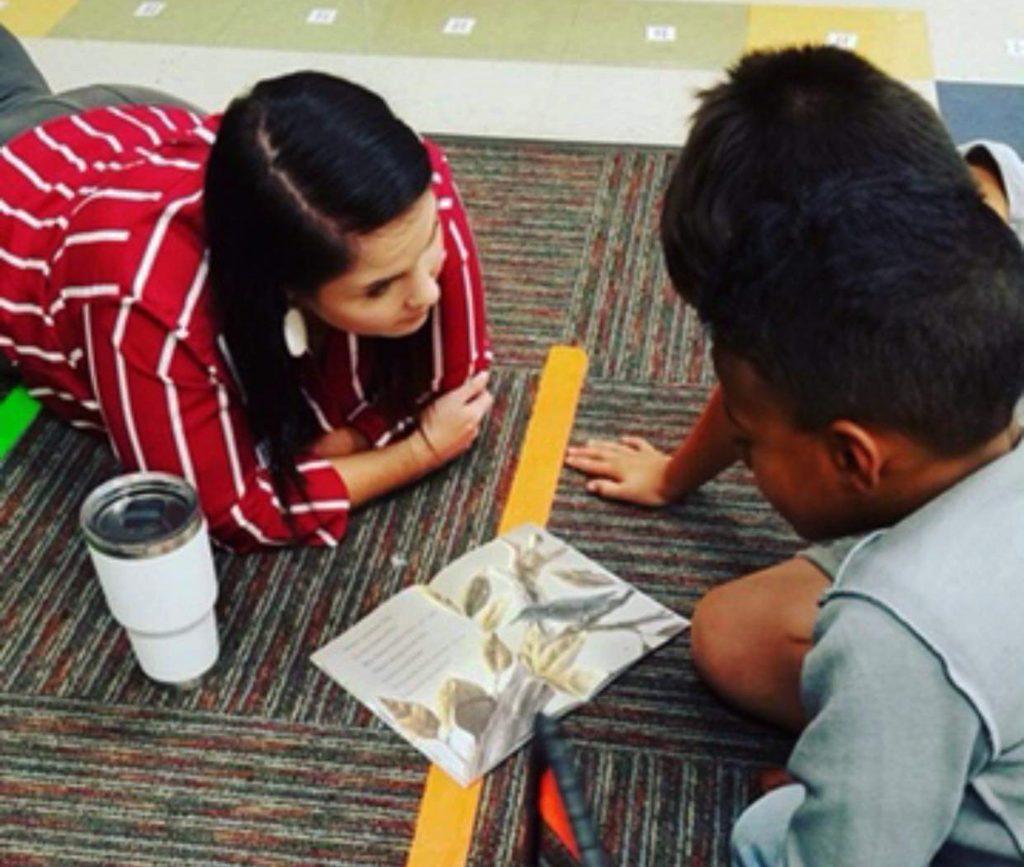
This is why the 1700s saw a shift in the legacy of the apple across the world. The Children’s Museum of Indianapolis notes how the popularity of the apple in America today, is completely contrary to the original narrative formed around the fruit. A symbol of biblical evil and the poisonous apple folklore are examples of how the imagery first related apples with danger. Now a standard health food providing fiber and nutrients to keep us full and fit, this fruit is usually found in the typical American home, in the fridge, or on a countertop. Not generally accepted as payment for school nowadays, the apple is still gifted to an educator as a show of appreciation.
If you’ve ever noticed how many different kinds of apples are available at your local grocery store, then I’m sure your mind has wondered about how many apple varieties exist in the world. Living in a country where the largest and most diverse city (New York City) easily became synonymous with the term “The Big Apple”, and slogans such as “As American as Apple Pie” became ingrained in the cultural DNA, America has long held close ties to this juicy, red fruit. The versatility of uses and reliability of growth the apple provides has helped dominate its popularity throughout the years, making it one of America’s most consumed fruit, according to Selecthealth.org.
The US is responsible for the production of upwards of 2,500 variations of apple, out of the 7,500 grown worldwide. Iowans of the 1880s brought acclaim with the invention of the Red Delicious Apple, which has become the most preferred apple type, for its sweet crunch and bright red color. Today, the Red Delicious is the most widely grown apple variety; however, the Gala Apple is rapidly approaching the Red Delicious’ number one spot, following shortly behind in second place, with Granny Smith staying another perennial favorite at number three.
“FUNDING OR BUST”

Public School funding has been at the chopping block with consistent cuts at the state level year after year. Class sizes keep growing, but the needs of the individual students never change. It’s common to hear about educators spending their own money on their own time, working on projects to raise the quality of education for their students. You must ask yourself—how can that be in the 21st century, in one of the most prosperous countries in the world? We know the importance and value of education as a society. We are the generations studying the invention of the wheel in 4000 B.C. The Chariot being designed 1000 years later in 3000 B.C., and being the fastest and most convenient way to travel until the turn of the 19th century, with the introduction of the Steam Engine Train. The Railroad System spawned across the globe during the 1800s, and the car wasn’t a thing until around 1885.
The more access to books and knowledge for the general public, the quicker society became smarter as a whole. The Wright brothers took flight in 1903 on the first airplane. To understand the importance of access to a quality public education system is to acknowledge the connection in our ability to rapidly advance our means of travel, with the advancements made in science and educational practices and philosophies of the time. The first car was driving around 4,900 years after the chariot was invented; yet, in 1969, we rocketed to the moon only 66 years after the first plane ever left the ground.
We, as people, are capable of incredible things. We can train and condition our bodies to have the athleticism to compete among the world’s greatest Olympians, have the discipline and willpower to grow the world’s longest fingernails, or invent and distribute a life-saving vaccine across the world within a year of the onset of a deadly pandemic. As Americans, we prize the ability to champion a campaign and to aim for doing what is right. Our tenacious appetite for justice is a cornerstone in the ideals of the American philosophy of life.
According to an article in the New Yorker titled, “Striking Oklahoma Teachers Win Historic School-funding Increase and Keep on Marching, the amount spent per student in Oklahoma had fallen 28% since 2008. After the failed SQ 779, which would have increased sales tax by one cent, estimating an additional $615 Million for funding, this State Question included teacher raises, and most likely, if added to the ballot and passed, would have quelled any dissension among the public teaching workforce. However, it did not gain enough votes to make it on the ballot. The second proposal, known as “The Step Up” plan, also failed to pass through, snubbing teachers of an additional $5,000 salary raise. These two initiatives being shot down were the last hope for teachers, some of whom were working multiple jobs to make ends meets.
Teachers across Oklahoma were tired of the injustice they felt from years and years of continual cuts to their classrooms, and collectively, they decided to go on strike. The notion was a peaceful demonstration of their frustrations, by Walking Out of the classroom, and heading to the State Capitol to speak with the representatives who keep cutting public education funds. March 2018 saw frustrations rise to a boiling point, and beginning in April—they walked out. The demands from the teachers were simple and quite reasonable—adequately fund our schools and pay us a more livable wage.
“It was a myriad of emotions—lots of highs, lots of lows, and everything in between. I remember leaving every day feeling exhausted, but also empowered. I saw teachers come together across the state, and really put forth the focus of our walkout, which would be the children and the future of the state. It was a trying time…meeting at 4 and 5 in the morning…getting in line to visit with legislatures, going into sessions, and educating ourselves on the whole process—of what passing laws and making our voices heard could really look like” states Ainsley Hoover, Teacher at Garfield Elementary during the 2018 Walkout.
The goal was $10,000 salary raise for teachers and a $1,250 raise for support personnel. After nearly two weeks of protesting at the state capitol for better working conditions, the teachers were victorious! They didn’t get their full goal met, but they received approximately $6,000 salary raises for teachers, and $1,250 for support personnel. “At the end, I remember feeling depleted. While we had the historic teacher raises passed…it just wasn’t enough…we haven’t really seen a lot of change…Enid works really hard to make sure their teachers have what they need, but they are subjected to the limits that the state has. If there’s no funding being distributed to public schools, then their hands are also tied on how much they can offer and provide. The works not over. We have to continue to fight, because our kids deserve it,” Ainsley proclaims in a spirited tone.
The teachers of Oklahoma stood united, and they helped teach their students another valuable lesson. Aside from the power of free speech and the right to protest—they were showing their students education if worth fighting for! “Until the lawmakers in Oklahoma City really start to take the future of the state seriously…then it’s the teacher’s job as far as advocating for themselves, for the students…the classrooms, the school building, and all of the education workers in the state—that it’s not over. The house and the senate are supposed to be representative of the people who live within the state—not moneymakers, not lobbyists, not reps that only have their own interests or agendas at heart. If they’re not willing to step up and do the job, then people need to be put in those places that will represent the views of the people in the districts they were elected to vote for…these are the people who will run the world whenever we’re old. Why would we not want to invest in that? I just don’t understand.”
“Apples of the Community Eye”
As mentioned, Enid Public School has faced its share of budgetary cuts at the state level, but the local contributions made to our education system have created unique opportunities within our district. Enidpublicschools.org compiled a list of “Community Partnerships,” showing how vital local support is, in a time that is continually seeing funding being taken away. The invaluable experiences these partnerships bring for the youth in our community, often stepping stones towards higher education, as well as higher quality education for grades K-12.

The EHS University Center supplies high school students with on-campus facilities to take AP & Concurrent Classes. It states that families with financial needs can save around $30,000 in college expenses by taking advantage of the programs offered. AP Programs in Enid Public Schools is now “one of the fastest-growing” in the state, thanks to Groendyke Transport and Gefco, and the National Math and Science Initiative. Groendyke and Gefco added $120,000 in matching funds to the National Math and Science Initiative’s $450,000 grant.
EPS hosts an intergenerational early childhood program, known as The Commons Pre-K, a partnership with local University, NWOSU, in a program called and Fowler Early Childhood Center. The third early childhood center was made possible from a $200,000 United Way campaign. Along with the two higher education institutions (Northwestern Oklahoma State University and Northern Oklahoma College), Enid is also home to Autry Technology Center. A vocational technology center, Autry is part of the nationally recognized career tech programs for the state of Oklahoma, and high school students are given tuition-free enrollment opportunities up to three years after graduation.
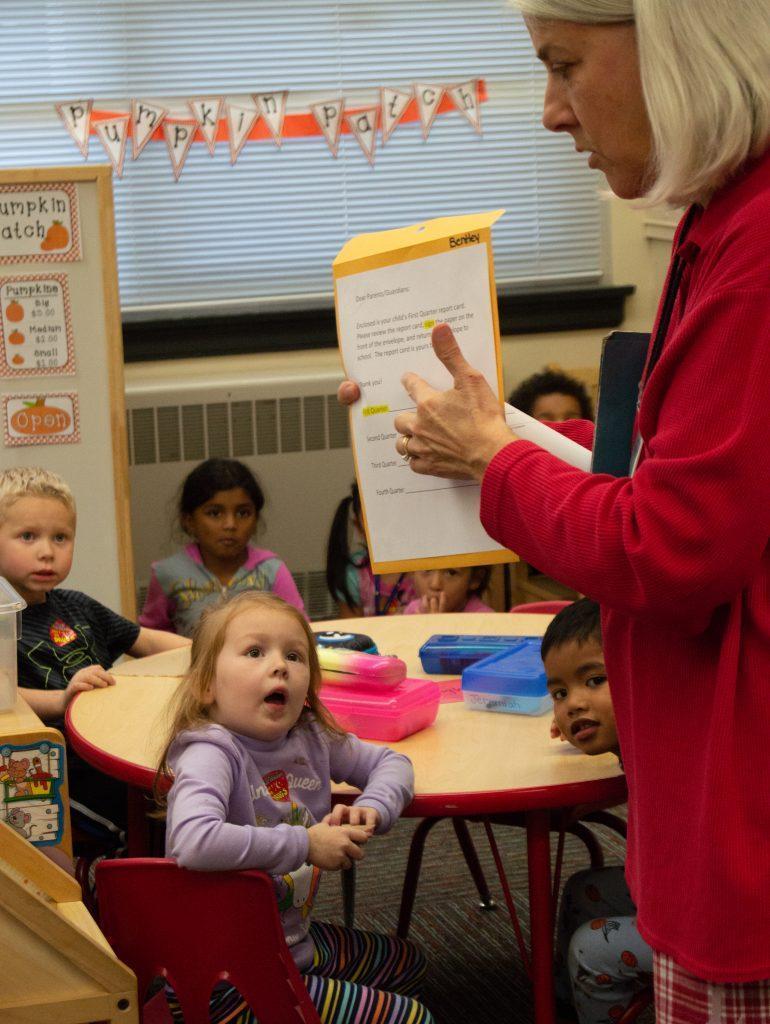
EnidPublicSchool.org estimates that more than $60,000 was donated to Enid classrooms through a website called DonorsChoose.org. From field trips to fun projects, people all over are giving in support of public education in our hometown. If you’d like to donate to a local EPS classroom through DonorsChoose.org, search zip codes 73701 and 73703 on the site. You can also reach out to Jane Johnson at EPS Administrative Services Building, at (580)366-7012 or jmjohnson@enidk12.org, for more information.
How Do You Like Them Apples?
In the true spirit of an underdog, Enid, Oklahoma has always fought back in support of funding public education, despite the yearly detrimental cuts from the state government. Michael Pollan explains the “clever bit of biology” in his writings titled Botany of Desire, that “sweetness in nature is a rarity.” Of course, there have been clever advertising campaigns that spun slogans of advice from doctors and the allure of autumnal apple picking; but really, it was a scientific process that intervened to continually make apples sweeter and more versatile. Relationships developed with teachers mean so much to students because students grow through the knowledge and compassion shared by a teacher. A good educator teaches their students to think, the same way a good farmer cultivates their fruit to be sweet. You’ll find the weeks are cushioned upon the field-weary hands of the Oklahoma Farmer after Harvest, just as the dedication and love for the profession of teaching are thickened and callous upon the hearts of Oklahoma educators.








